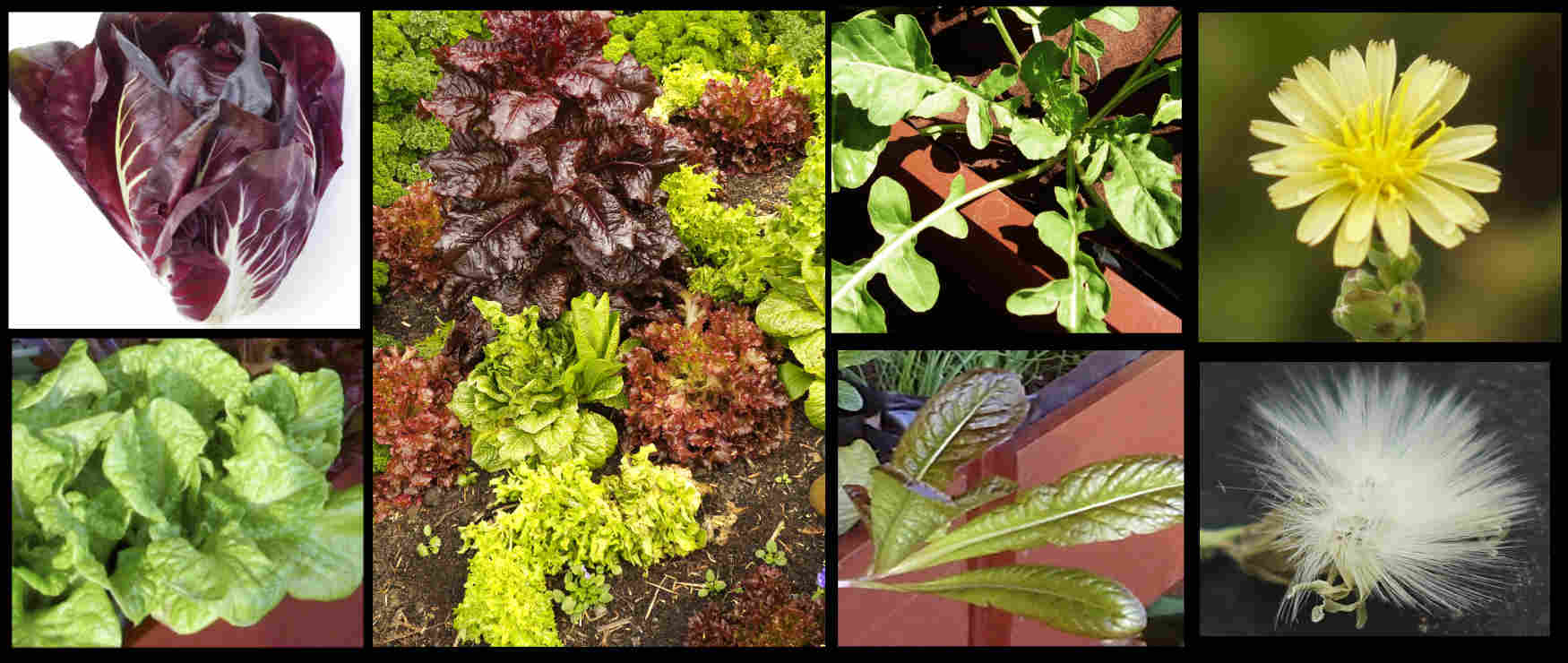Lactuca.
The Lactuca or lettuce genus, in Family Asteraceae has 116 species according to Plants of the World Online.
Australia’s Flora has 75 species.
They are erect annual to perennial herbs with a few subshrubs.
Most have a single stem at the base that may branch above.
Stems can be smooth, have soft curled hairs, small bristles or spines.
Damaged parts produce a lot of milky sap (lactiferous).
The alternate leaves can be in a basal rosette and/or along a stem.
The blades can be entire, lobed to deeply divided.
Some are compound being divided to the midrib (pinnate).
There may be a pair of basal lobes or auricles.
The edges can be smooth, wavy, have small to large teeth or be frilly.
The surface can have fine hairs, small bristles or spines.
Rarely there are spines along the lower midrib.
The green, red or brown surface can be smooth or blistered (puckered).
Inflorescences are mostly variously branched arrangements (panicles) holding heads or capitula of small flowers.
Each capitulum has a receptacle (top of the stalk) with no scales or bracts among the numerous florets on it.
There may be some hairs.
At the base of the head is an involucre of whorls of bracts called phyllaries.
The usually overlapping phyllaries are in up to 5 whorls.
Those in the outer rows are smaller than the inner ones.
The reduced flowers or florets are all ray type with 5 petals.
The petals are fused with just over the lower half forming a corolla tube.
The upper flat section or ligule has 5 small lobes on the end.
The ligules can be white, yellow or blue.
Heads with all ray florets like this (ligulate heads) are not common.
There are 5 stamens with short free filaments inserted onto the top of the corolla tube.
The longer anthers are fused into a tube around the style.
There are long or short appendages from the base of the anthers.
Basifixed anthers open inwards through longitudinal slits.
The inferior ovary has 1 locule with 1 ovule.
The long style branches have hairs.
Fruit, commonly called achenes are strictly cypselae as they come from an inferior ovary.
The single small black white or grey achenes are flattened.
They may be ribbed, have wings or a beak at one one.
At the narrower end, the beak, is the pappus with 2 rows of fine bristles.
J.F.


